Garbage disposal and dishwasher
scryn
16 years ago
Related Stories

HOUSEKEEPINGHow to Fix a Stinky Garbage Disposal
No plumber’s fee or even a trip to the hardware store is required with these easy solutions
Full Story
HOUSEKEEPINGTackle Big Messes Better With a Sparkling-Clean Dishwasher
You might think it’s self-cleaning, but your dishwasher needs regular upkeep to keep it working hard for you
Full Story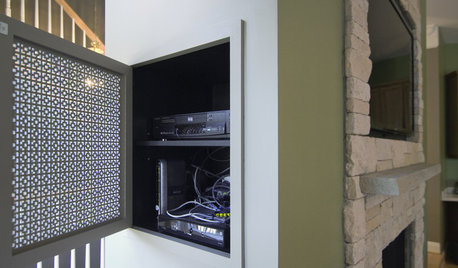
HOUSEKEEPINGTackle Home Junk With Proper Disposal
No matter how well you scrub, your home will never be spotless until the junk disappears. Here's how to lose it with a clean conscience
Full Story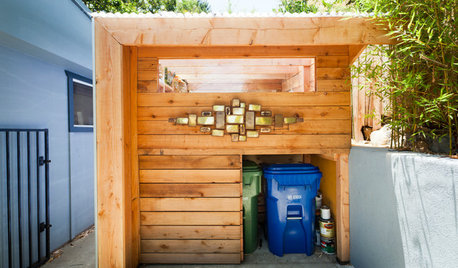
CURB APPEALHouzz Call: How Do You Hide Your Trash?
No one wants to see those trash and recycling bins. So where do you stash them while you wait for the garbage truck? Show us your designs!
Full Story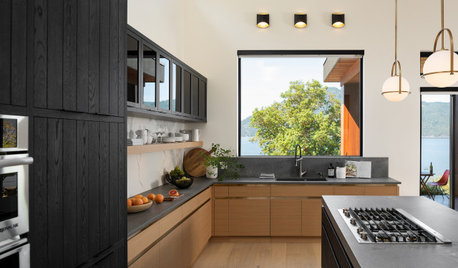
KITCHEN DESIGNWhere Should You Put the Kitchen Sink?
Facing a window or your guests? In a corner or near the dishwasher? Here’s how to find the right location for your sink
Full Story
DECORATING GUIDESBudget Decorating: How to Decorate Smart and Slow
To make the most of your decorating dollar, forgo the disposable stuff, think vintage and free first and give yourself a splurge
Full Story
KITCHEN OF THE WEEKKitchen of the Week: Cooking With Creekside Views in Maryland
Thanks to a major addition, this kitchen packs in function and looks out to a beautiful vista
Full Story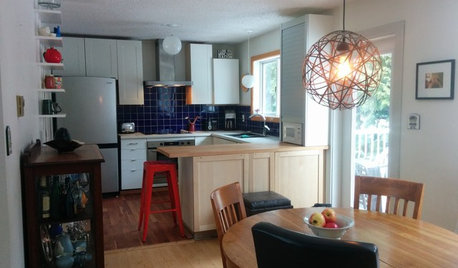
SMALL KITCHENSThe 100-Square-Foot Kitchen: One Woman’s $4,500 DIY Crusade
Teaching herself how to remodel, Allison Macdonald adds function, smarter storage and snazzier materials
Full Story
KITCHEN DESIGNCool Countertops: Wood and Stainless
Consider One of These Alternatives to What All the Neighbors Have
Full Story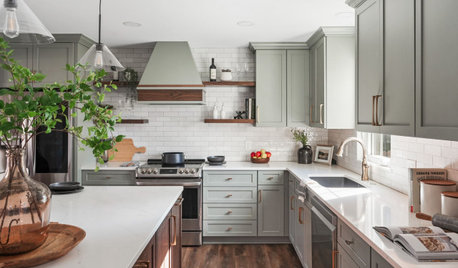
FEEL-GOOD HOME8 Tips for Harmony in the Kitchen
Frustrated by the arguments that arise over kitchen duties? Check out these coping strategies
Full StoryMore Discussions






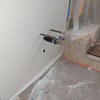
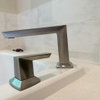

davidandkasie
asolo
Related Professionals
North New Hyde Park Handyman · Plainview Kitchen & Bathroom Remodelers · Forest Hill Kitchen & Bathroom Remodelers · Bay Shore Kitchen & Bathroom Remodelers · Citrus Park Kitchen & Bathroom Remodelers · Beverly Hills Kitchen & Bathroom Remodelers · Cocoa Beach Kitchen & Bathroom Remodelers · Honolulu Kitchen & Bathroom Remodelers · Los Alamitos Kitchen & Bathroom Remodelers · Oceanside Kitchen & Bathroom Remodelers · Oklahoma City Kitchen & Bathroom Remodelers · Overland Park Kitchen & Bathroom Remodelers · Wilmington Kitchen & Bathroom Remodelers · Forest Hills Kitchen & Bathroom Remodelers · Paradise Kitchen & Bath Fixturesjake2007
lazypup
heimert
lazypup
davidandkasie